In 1959, Miles Davis’ Kind of Blue and John Coltrane’s Giant Steps—two of the most influential albums in jazz history—were recorded. It’s somewhat poetic that four-time Grammy-winning jazz bass icon John Patitucci was born that same year. In addition to a storied career as a bandleader, Patitucci cemented his legacy through his lengthy association with two giants of jazz: keyboardist Chick Corea, with whom Patitucci enjoyed a 10-year tenure as an original member of his Elektric and Akoustic bands, and saxophonist Wayne Shorter’s quartet, of which he was a core member for 20 years. Patitucci has also worked with a who’s who of jazz elites like Herbie Hancock, McCoy Tyner, Dizzy Gillespie, and Michael Brecker.
What distinguishes Patitucci is that he is one of the few jazz musicians who simultaneously enjoys a vibrant career as a classical bassist and first-call session bassist. His résumé—which includes recordings with pop icons like Sting and Bon Jovi, and hundreds of film dates—is virtually unparalleled. Patitucci also composes classical music and is frequently commissioned to write music for string quartets and other chamber ensembles. Among his numerous compositions are a piece for 6-string electric bass and string orchestra that was performed with Suono e Oltre, a chamber orchestra in Italy. In short, Patitucci is the very rare jack of all trades who is also exceptional at all.
Freedom without Chords
Patitucci’s latest release, Spirit Fall, is a trio album featuring Patitucci, drummer Brian Blade, and saxophonist Chris Potter. This instrumentation leaves out a traditional chordal instrument, and can be tricky to make sound full, as there is a large harmonic hole in the sonic space. But in the hands of master musicians, this setting offers more room for harmonic exploration and conversational interplay amongst the band members. Patitucci has been exploring this chord-less format since 2009’s Remembrance featuring Blade on drums and Joe Lovano on saxophone.Throughout Spirit Fall the trio employs a variety of textures and colors to make for an engaging listen. “Pole Star” has an open feel with the counterpoint between acoustic bass and sax discreetly implying the underlying progression. “Lipim,” which means hope in Cameroonian, has a lively afrobeat groove and a ridiculous sax solo by Chris Potter. Like many of his solos on Spirt Fall, Potter’s solo on “Lipim” veers through several harmonic detours that would have likely been hampered if a chordal instrument were imposing the harmony. “Spirit Fall” and “Thoughts and Dreams” sees Patitucci using his 6-string electric to explore gorgeously haunting figures. The bass solo on “Spirit Fall” sees Patitucci almost accompanying himself as he alternates between low notes and chords against blistering single-note lines.
Even though Patitucci had the luxury of studio time, Spirit Fall was recorded quickly, with mostly first or second takes, and the occasional third take. The trio was able to record a powerful musical statement in such a short time because they are a working band as opposed to hired guns that might possibly play together for the first time at the session.
John Patitucci's Gear
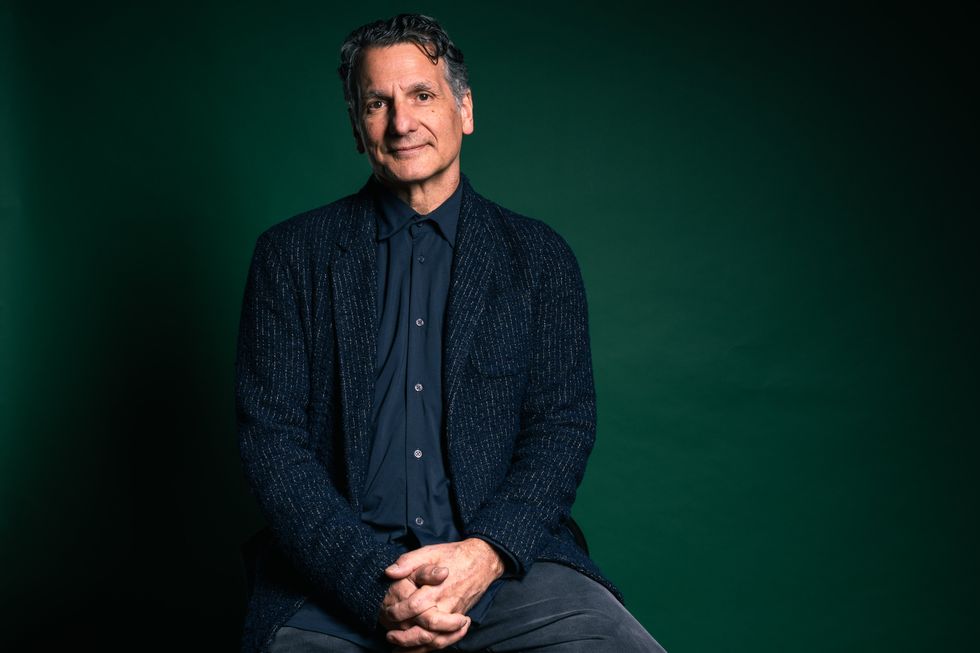
“I’m just a kid from Brooklyn,” says Patitucci. It was his formative years spent with his older brother (who played guitar) that led him to the bass.
Photo by Dave Stapleton
Guitars
- Yamaha TRBJP2 Signature Model 6-String
- Yamaha Custom Semi-Hollow 6-String
- 1965 Fender P Bass (Used on “Lipim”)
- Gagliano Double Bass
Amps
- Aguilar DB 751 for acoustic bass
- Aguilar Tone Hammer for electric bass
- Aguilar 4x10 cabinet
- Aguilar 1x12 cabinet
- Grace Design FELiX Version 2
- Grace Design m303 DI
Effects
- Line 6 HX Stomp
- Line 6 DL4
Strings and Accessories
- D’Addario Nickel Round Strings (.032-.045-.065-.085-.105-.130)
- Gruvgear Signature Straps
- Pirastro Evah Pirazzi Weich gauge
- Pirastro Perpetual
Prior to the recording, Patitucci sent demos out, and by the time they got to the studio they were ready to commit to tape. They finished the whole record in just one day without any rehearsals. “Not with those guys,” says Patitucci. “Those guys are scary. It almost puts pressure on me, how good they are, because they get it really fast [laughs]. I was hoping that my good takes were theirs too.”
Interestingly enough, while iconic chord-less trio albums by saxophonists like Sonny Rollins, John Coltrane, and Joe Henderson played a big role in Patitucci’s musical upbringing, he came to record with that instrumentation almost by accident. “We were going to rehearse for that record [Remembrance], and [pianist] Brad Mehldau, who played on some tracks, couldn’t make the rehearsal,” recalls Patitucci. “So we rehearsed at Lovano’s house and it sounded so good I was almost like, ‘Wow, maybe we should do the record as a trio.’ But I had all this music written that really was for the piano. So I said, ‘Well, maybe someday.’ And then finally we got around to it.”
Spirit Fall was tailored to the sensibilities of Blade and Potter, both of whom Patitucci has played with a lot over the years. “We have a relationship and we have a sound together already because of the way they play. Brian’s sense of dynamics has made it easier for me to get the kind of acoustic bass sound live that I've always wanted to get. It’s not easy to do that if the drummer can’t play those wide dynamics like Brian can,” explains Patitucci. “And Chris has been playing my music for years. He’s just an incredible interpreter of my music, and I love that. I remember using him in the early ’90s. Interestingly enough, around the time I did Imprint, I was using him and I was also using Mark Turner. And it’s funny. I started teaching college [Patitucci was Professor of Jazz Studies at City College of New York and is currently teaching at Berklee College of Music] a lot in 2000, and all my students were trying to sound like those guys.”“As a composer, I wanted to have a chance to have major control over the sound and how we did things, as opposed to a live record.”
As a precursor to Spirit Fall, in 2022 Patitucci had recorded Live in Italy with the same lineup of Blade and Potter. He could have easily just done Spirit Fall live again with the trio but this time he specifically chose to bring them into the studio. “As a composer, I wanted to have a chance to have major control over the sound and how we did things, as opposed to a live record,” explains Patitucci. “Live records are great, but I wanted to record in the studio with that band so we can get into some new compositions I was writing, and some through-composed things with the 6-string, as well as the acoustic.”
How Chick Helped Turn Four into Six
Patitucci isn’t fond only of the traditional trio sans chordal instrument format. In fact, he’s recorded in just about every context you can imagine. From completely solo bass on Soul of the Bass, to his Electric Guitar Quartet with two guitarists—Adam Rogers and Steve Cardenas on Brooklyn, to guitar trio plus string quartet plus Chris Potter on Line by Line. Patitucci uses each situation as a way to grow musically.When Patitucci first started playing with Corea it was in the trio format, along with drummer Dave Weckl. Corea was a keyboardist who covered a huge sonic range and Patitucci saw this as an opportunity to push the creative envelope. “Chick and I became very close. I had enormous respect and love for him and he taught me a lot. That’s how I really discovered the 6-string, because I felt like I needed it orchestrationally to play in that band,” says Patitucci. “I started playing with Chick and at first I played my 4-string, and it’s a trio, but I have to blow on every song. And he’s got all these synths, and I’m thinking, ‘Man, I need a low string, because he’s playing all these low notes. I want to play the low notes.’ [laughs] I need a 5-string at least. Then I heard Anthony Jackson play the six. He was the pioneer who invented it.”

Spirit Fall is the documentation of a working band exploring new music in the studio. It features all new compositions and an inventive take on “House of Jade,” written by Patitucci’s longtime mentor, Wayne Shorter.
Corea fronted the money for Patitucci’s first 6-string—a Ken Smith—and took some money out of his check every week to pay it off. The transition to the 6-string wasn’t immediate for Patitucci, however. There was actually a big learning curve to the new instrument. To make matters even more daunting, the first big tour was to begin two weeks after Patitucci received the new instrument. Despite all the potential risks, Corea was very encouraging. “Chick was really patient. It was ridiculous. It was so hard. I was just a glutton for punishment,” admits Patitucci. “I just wanted the sound, and I was so naive about what it would be like. When I got the 6-string, it was a couple of weeks before we started going out on major tours and I was clamming. Like I would go down to what I thought was the E string but was now the B string.”
Once he got a handle on it, the 6-string allowed Patitucci to finally maximize the potential of his fluid soloing style. “I wanted to play the 6-string because when the blowing comes around, the C string helps me get over the top as a band,” says Patitucci. “Chick dug the fact that when I was blowing I wanted to sound more like a tenor player.”
“Wayne [Shorter] made me have the courage to play very little and hang a note up in the air.”
Shortly after Patitucci joined his band, Corea convinced GRP Records to sign Patitucci, whose 1987 eponymous first solo album reached number 1 on the Billboard Top Jazz Albums chart. Patitucci reflects, “The two biggest long term influences in terms of mentoring and what they did for my career would have been Chick Corea and then Wayne Shorter.”
The Spirit of Shorter
Patitucci first met Shorter in 1986, during the Chick, Wayne, and Al (Di Meola) tour. A year later Shorter asked Patitucci to record several tracks on his album, Phantom Navigator. This began his association with Shorter and led to Patitucci ultimately joining Shorter’s quartet in 2000.
It’s fitting that the only non-original tune on Spirit Fall is a Shorter tune, “House of Jade.” Shorter’s highly individual approach—particularly the electric stuff he was doing from the Atlantisperiod—shaped a lot of Patitucci’s conception of music. “I was playing electric bass and all the tunes were through-composed, except the blowing was like on one chord. And, you know, that’s challenging, actually,” reveals Patitucci. “And he was creating these incredible things, and he could do it with density or almost nothing, almost like one note. His lyricism and melodicism is so powerful that it really changed me. I was like, ‘Wow, I want to play like that. I want to be able to have a sound that I can be confident enough about to leave a ton of space and be able to just let space happen.’ Like, he got that from Miles.”
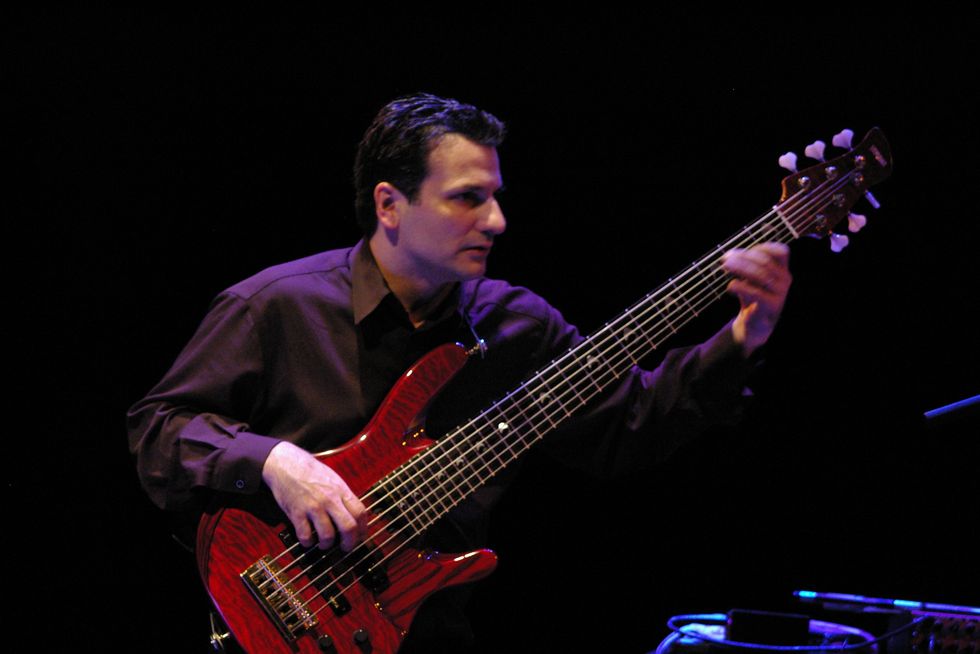
Moving to a 6-string bass wasn’t as natural for Patitucci as you might think. “When I got the 6-string, it was a couple of weeks before we started going out on major tours [with Chick Corea] and I was clamming.”
The minimalist approach that Shorter used at times was a stark contrast to some of the over-the-top pyrotechnics Corea’s Elektric Band was known for. “I was always into melodies too, but yes, in Chick’s band there were a lot of changes to play over, and sometimes a lot of fast tempos,” says Patitucci. “It wasn’t only chops, there were a lot of melodies and we played ballads too. I mean, I wanted to do that, but I didn’t have the courage to. Wayne made me have the courage to play very little and hang a note up in the air. With the 6-string, you can really do that. I started to realize that I was really interested in moving people in that way too.”
The Journey of the Kid from Brooklyn
Subliminally, the transition from 4- to 6-string bass might harken back to Patitucci’s childhood in East Flatbush, Brooklyn. He originally picked up the guitar, influenced by his brother Tom who had already been playing. Tom tried to teach him but ultimately the guitar just didn’t connect, and Tom sensed it. “He just said, ‘Why don’t you try the bass?’” recalls Patitucci. “Because we can play together then.” And that’s where it all began.
At 10, Patitucci got his first bass, a short-scale Sears Telstar bass that was hanging on a wall like a decoration down the street at somebody’s house on East 39th Street. “We bought it for 10 bucks and I thought it was great,” reflects Patitucci, who enjoyed rock ’n’ roll and James Jamerson’s playing on Motown Records in his formative years.
When he was 13, Patitucci’s family moved out to the West Coast. Soon after the move, Patitucci started learning the acoustic bass, and by the early ’80s, Patitucci’s career started taking off. In 1996 he moved back to New York, where he continues to break new musical ground.
With a career spanning over four decades and still going strong, Patitucci has achieved the dream that many aspiring musicians long for. What is the secret to his success? “Nobody knows the secret and anybody who tells you they know that is lying,” says Patitucci. “I don't even deserve it. I think that God was really good to me and blessed me. He somehow allowed me to have my dream come true. I look at it now as a 65-year old guy and go, ‘Wow, that was really a long shot.’ [laughs] It’s kind of unbelievable. You know what, I mean? I’m just this kid from Brooklyn, you know?”YouTube It
This trio rendition of the Beatles’ “And I Love Her” showcases John Patitucci’s ability to add chordal textures on his 6-string bass to create a full sound, even without a conventional chordal instrument like guitar or piano.
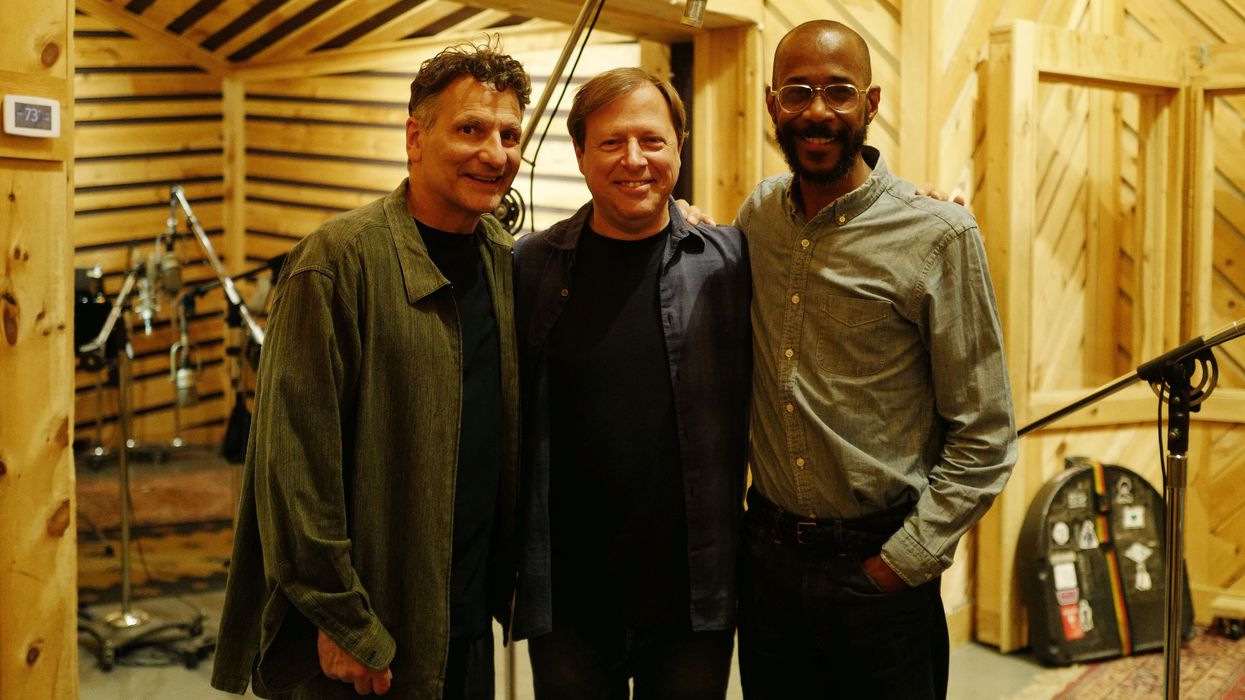

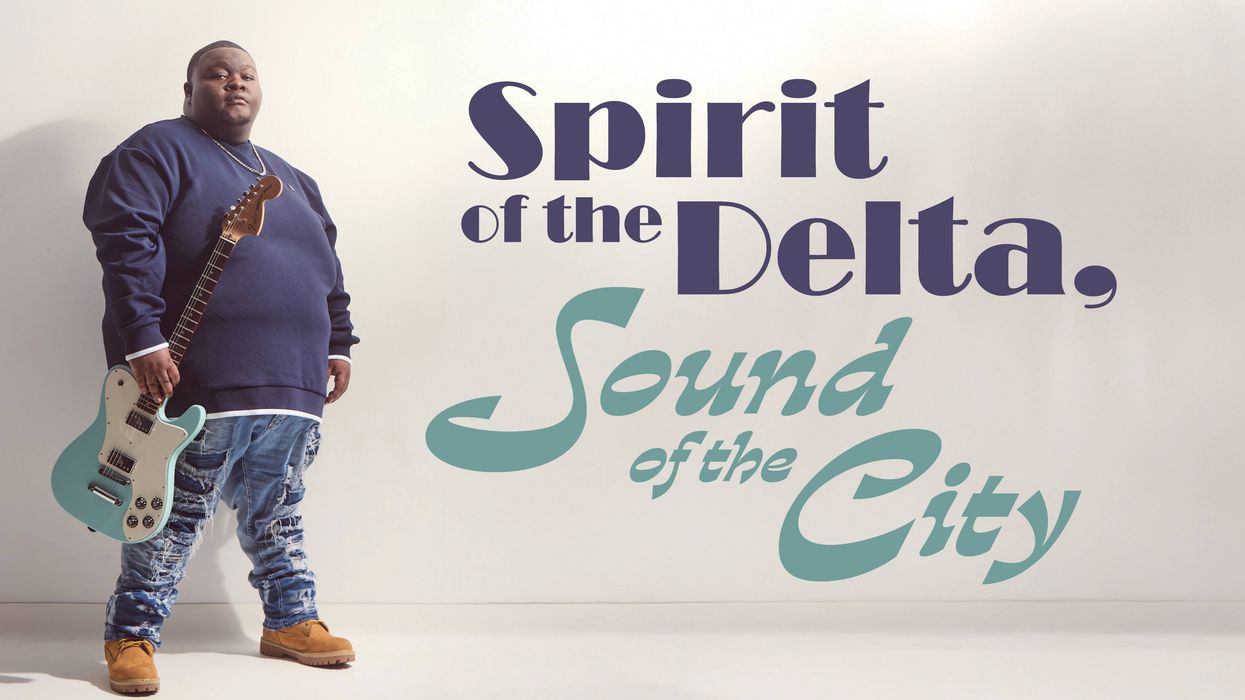
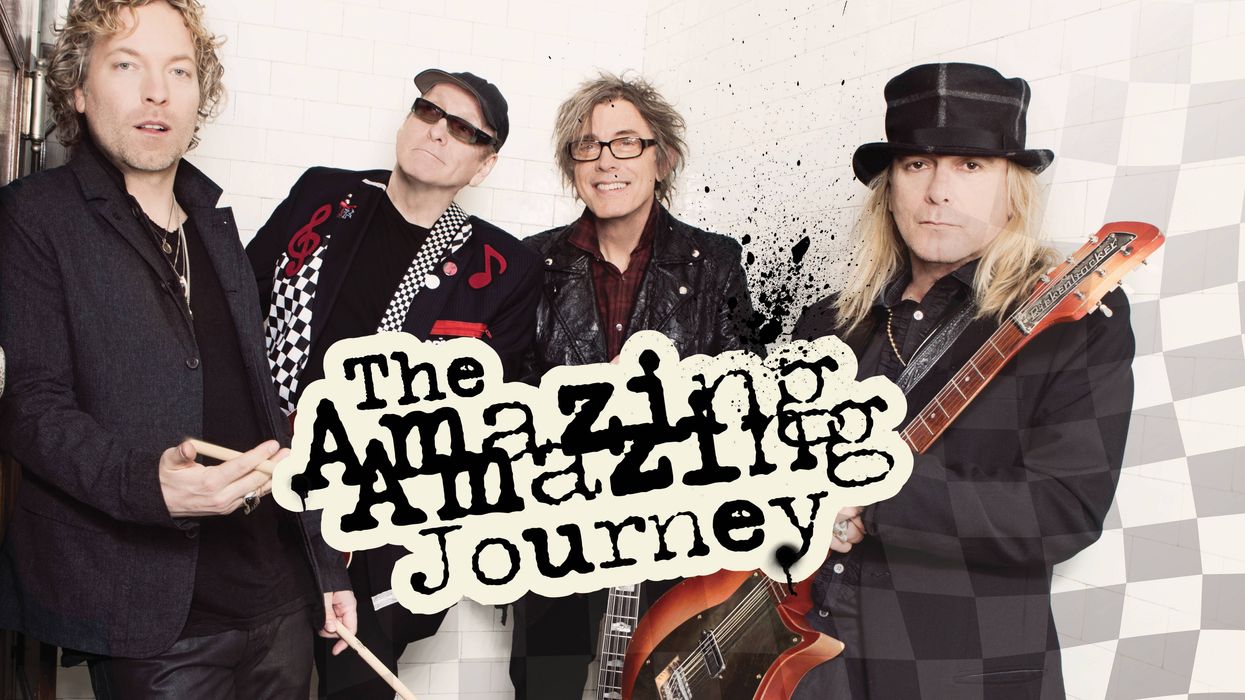
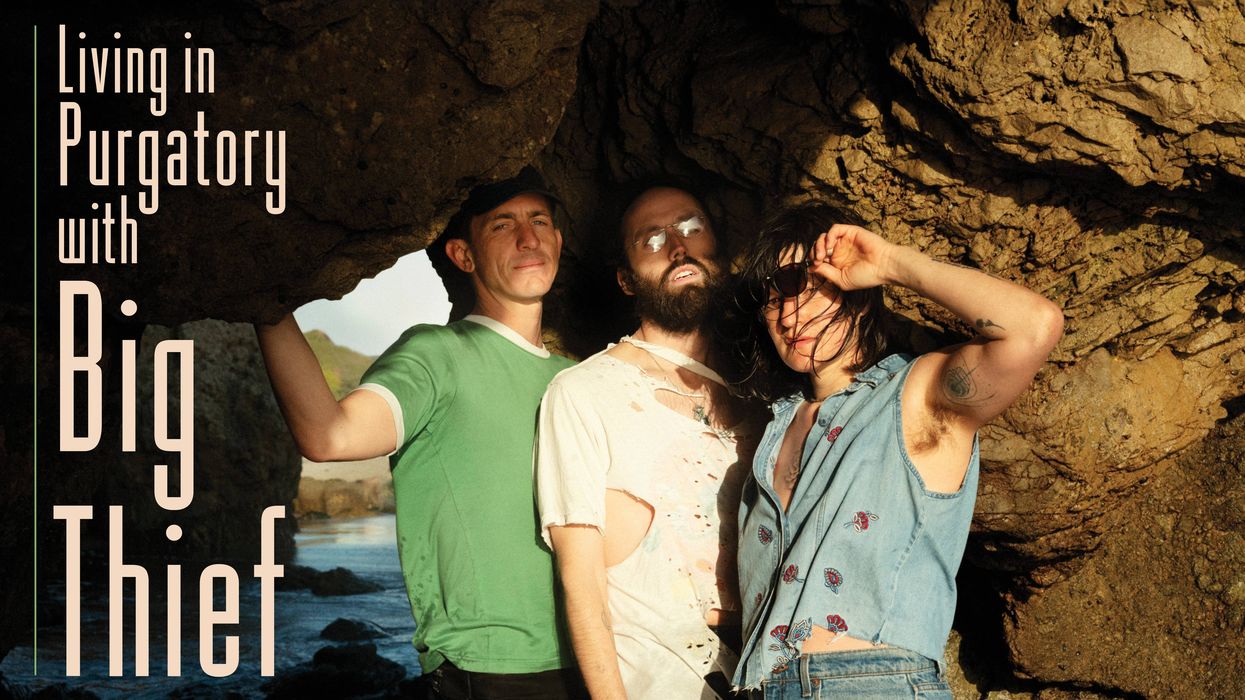
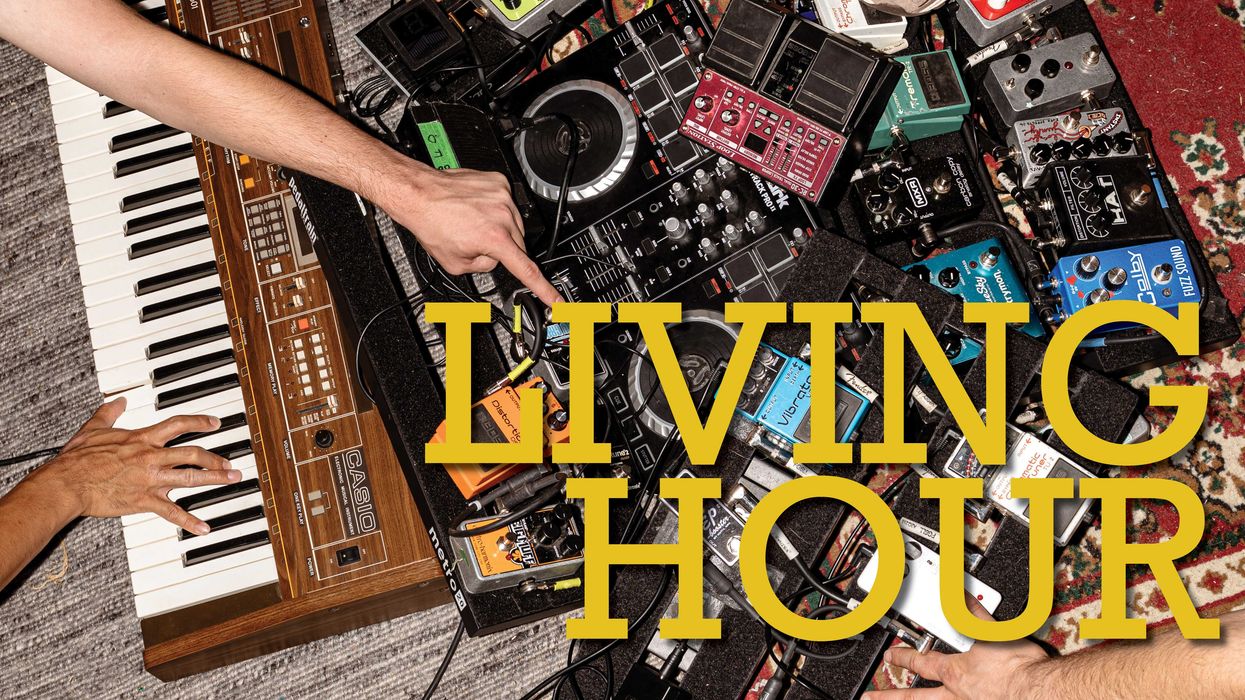

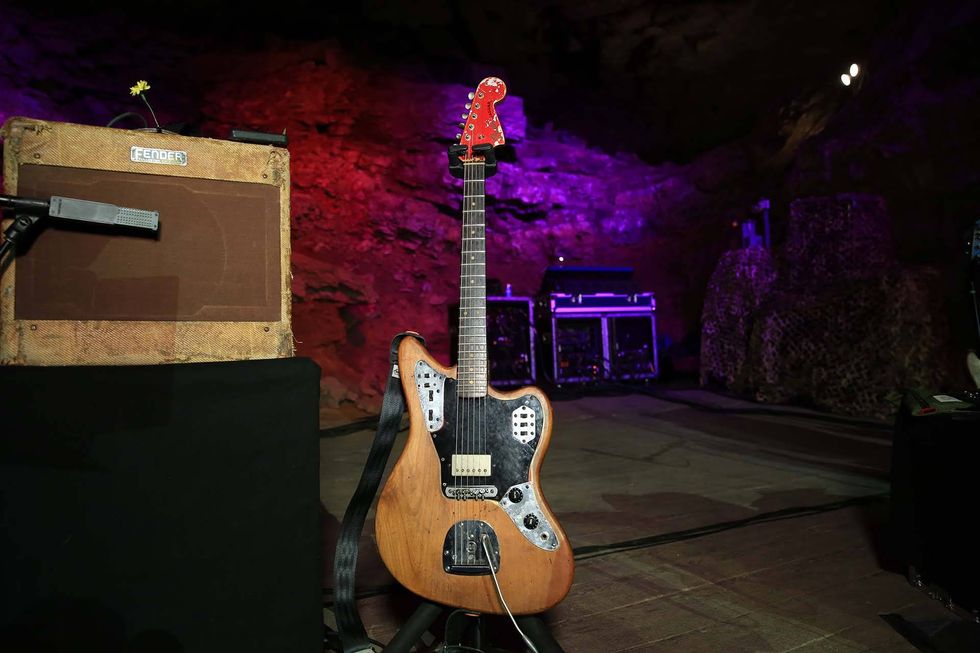
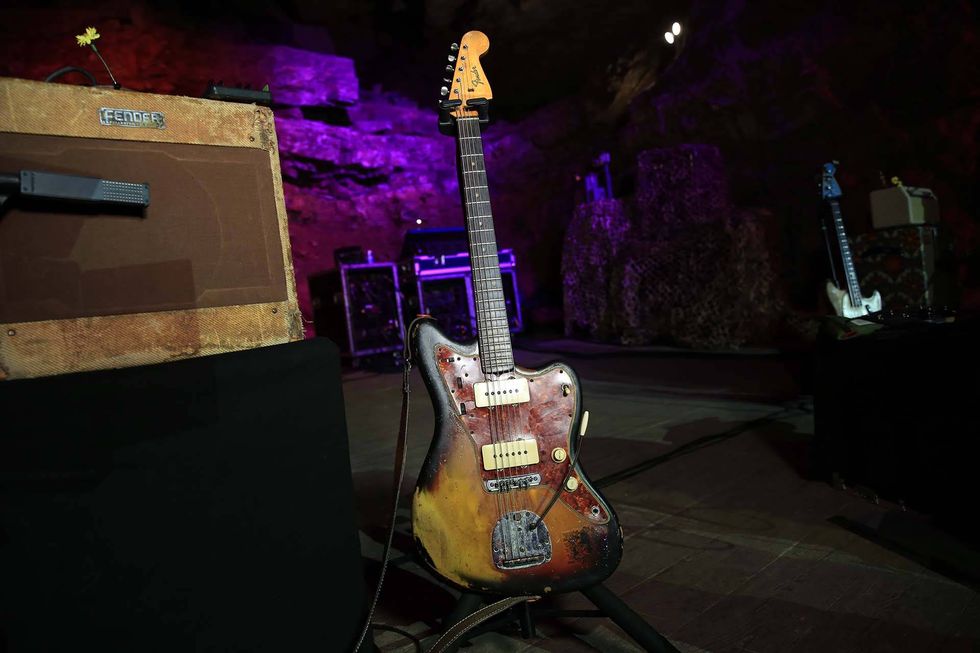
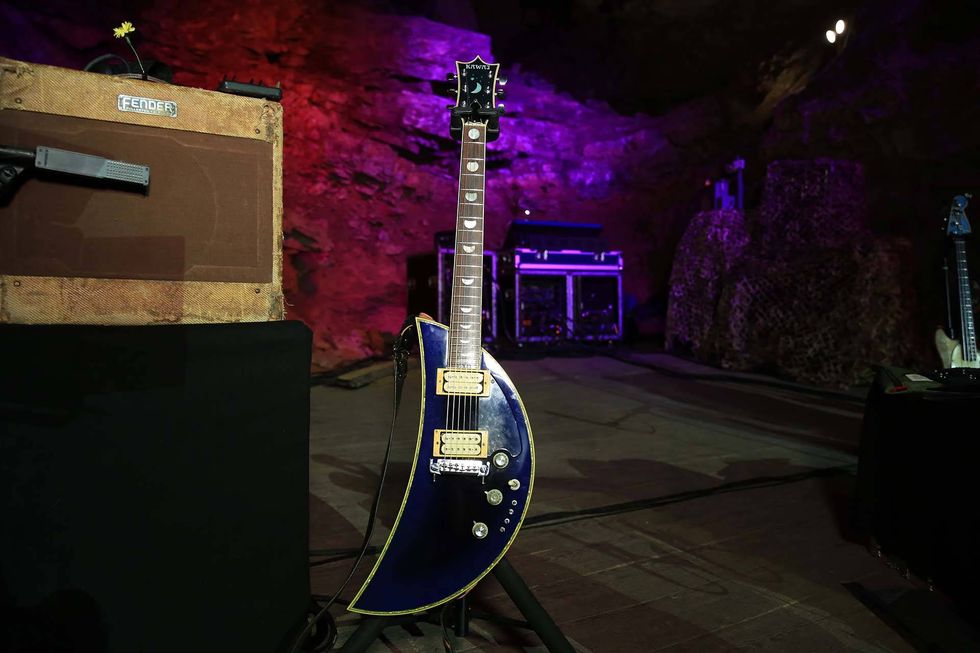
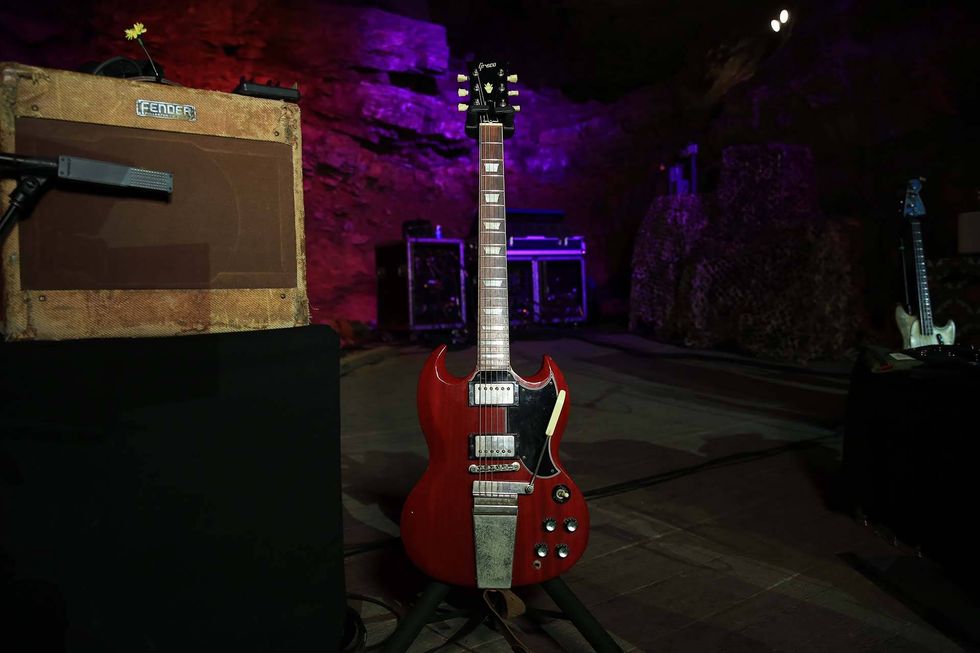
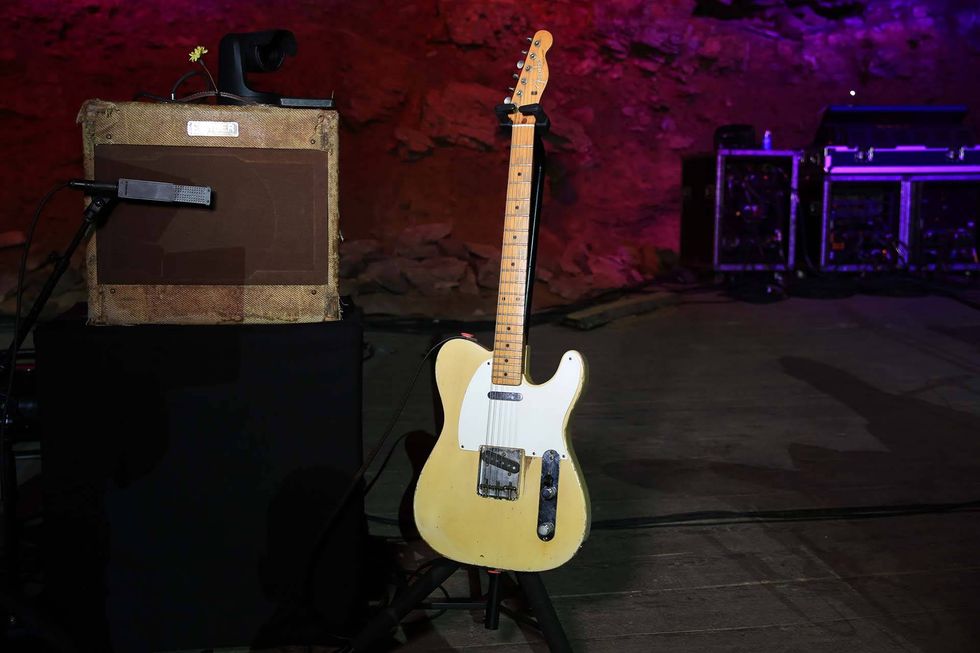
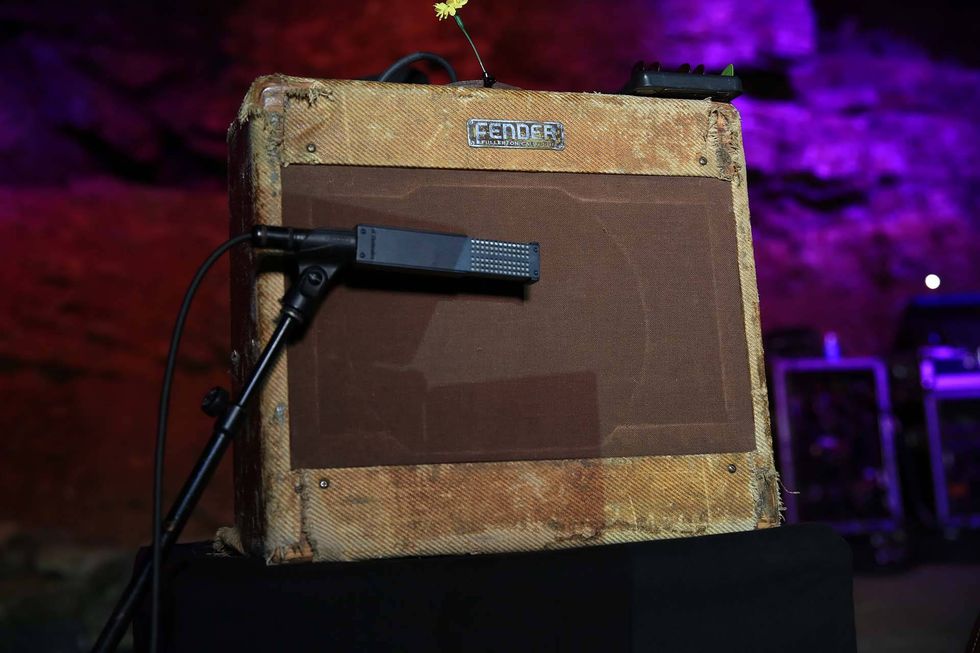
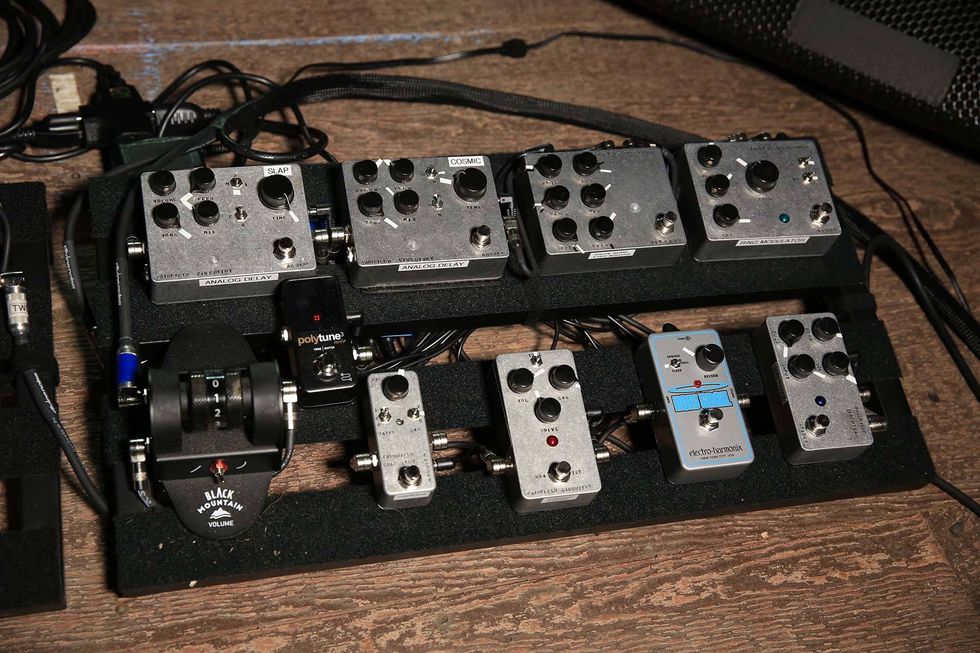


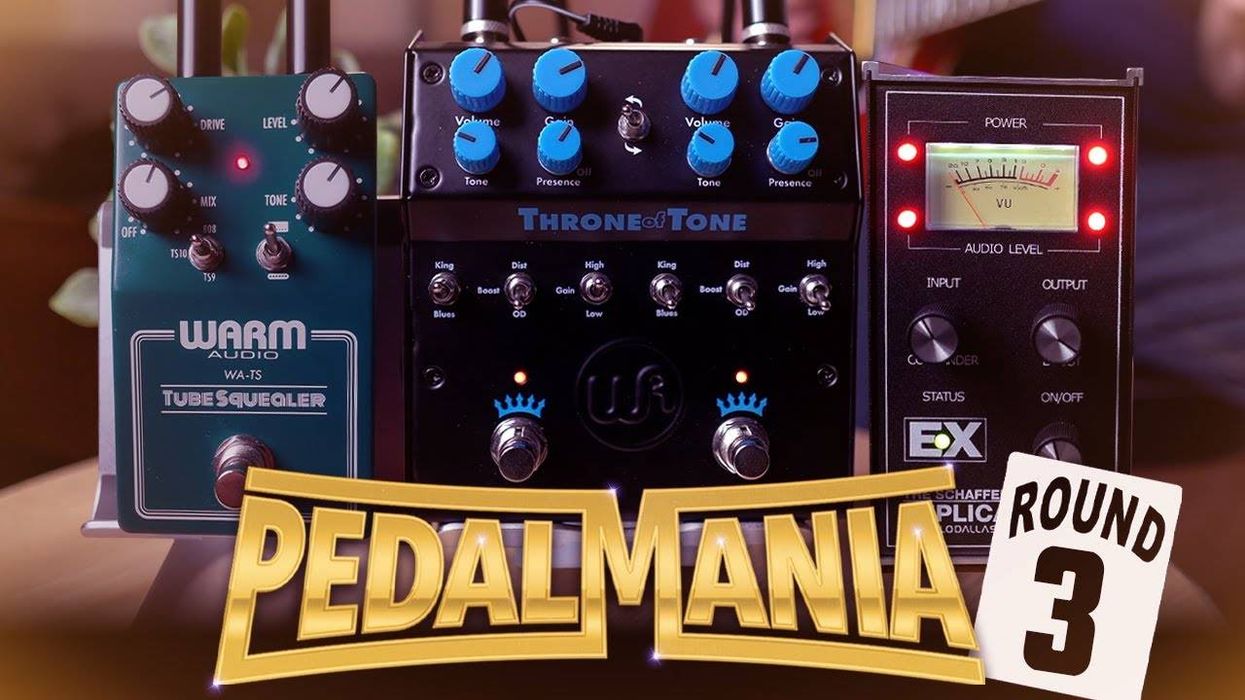





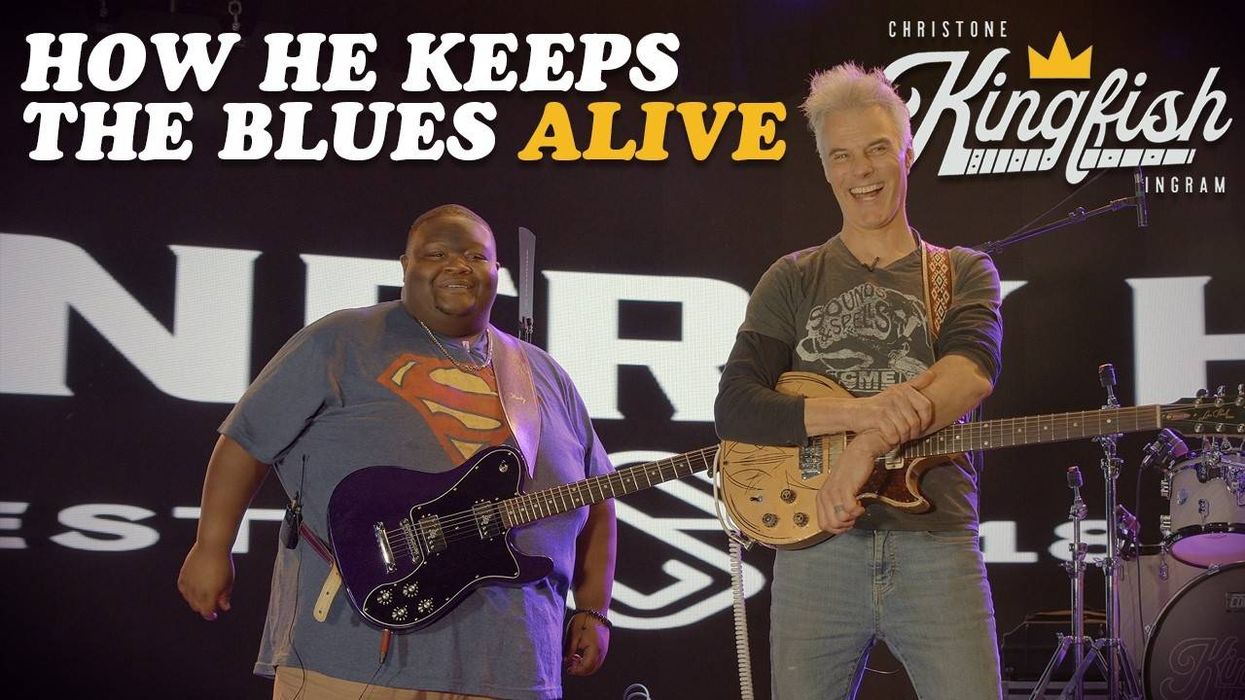
![Rig Rundown: AFI [2025]](https://www.premierguitar.com/media-library/youtube.jpg?id=62064741&width=1245&height=700&quality=70&coordinates=0%2C0%2C0%2C0)












![Devon Eisenbarger [Katy Perry] Rig Rundown](https://www.premierguitar.com/media-library/youtube.jpg?id=61774583&width=1245&height=700&quality=70&coordinates=0%2C0%2C0%2C0)






